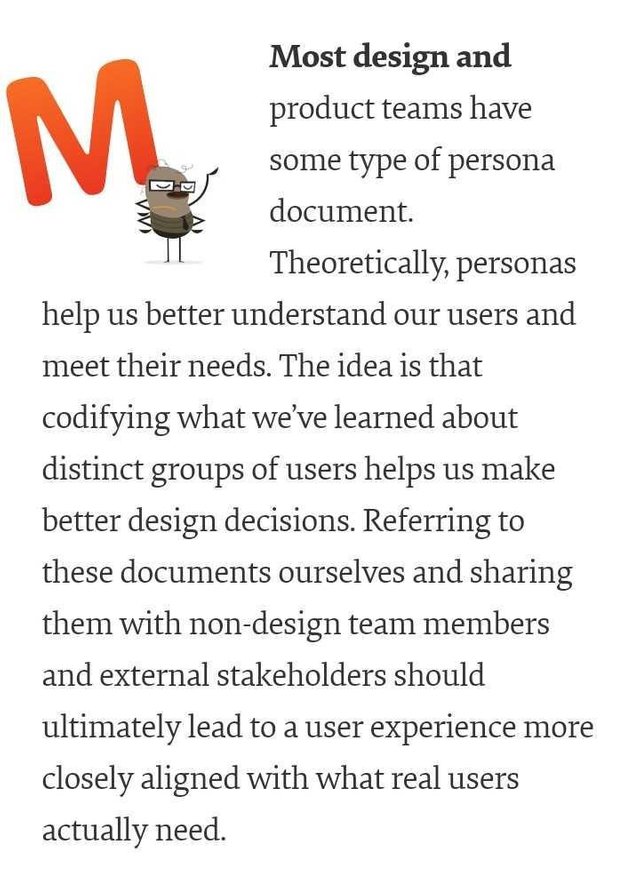How To Improve Your Design Process With Data-Based Personas

In reality, personas rarely prove equal to these expectations. On many teams, persona documents sit abandoned on hard drives, collecting digital dust while designers continue to create products based primarily on whim and intuition.
In contrast, well-researched personas serve as a proxy for the user. They help us check our work and ensure that we’re building things users really need.
In fact, the best personas don’t just describe users; they actually help designers predict their behavior. In her article on persona creation, Laura Klein describes it perfectly:
“If you can create a predictive persona, it means you truly know not just what your users are like, but the exact factors that make it likely that a person will become and remain a happy customer.”
In other words, useful personas actually help design teams make better decisions because they can predict with some accuracy how users will respond to potential product changes.
Obviously, for personas to facilitate these types of predictions, they need to be based on more than intuition and anecdotes. They need to be data-driven.
So, what do data-driven personas look like, and how do you make one?

Your voting will force your voice to give me strength.
thanks.
